
The Society for Psychical Research (SPR) is a nonprofit organisation in the United Kingdom. Its stated purpose is to understand events and abilities commonly described as psychic or paranormal. It describes itself as the "first society to conduct organised scholarly research into human experiences that challenge contemporary scientific models." It does not, however, since its inception in 1882, hold any corporate opinions: SPR members assert a variety of beliefs with regard to the nature of the phenomena studied.

Frank Podmore was an English author and founding member of the Fabian Society. He is best known as an influential member of the Society for Psychical Research and for his sceptical writings on spiritualism.

Mediumship is the belief in the practice of mediating communication between familiar spirits or spirits of the dead and living human beings. Practitioners are known as "mediums" or "spirit mediums". There are different types of mediumship or spirit channelling, including séance tables, trance, and ouija. The practice is associated with Spiritualism, Spiritism, and some New Age groups.

Eusapia Palladino was an Italian Spiritualist physical medium. She claimed extraordinary powers such as the ability to levitate tables, communicate with the dead through her spirit guide John King, and to produce other supernatural phenomena.
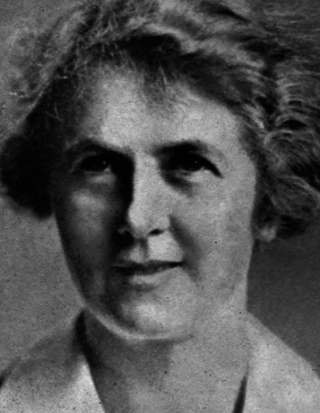
Mina "Margery" Crandon was a psychical medium who claimed that she channeled her dead brother, Walter Stinson. Investigators who studied Crandon concluded that she had no such paranormal ability, and others detected her in outright deception. She became known as her alleged paranormal skills were touted by Sherlock Holmes author Sir Arthur Conan Doyle and were disproved by magician Harry Houdini. Crandon was investigated by members of the American Society for Psychical Research and employees of the Scientific American.

William Hope was a pioneer of so-called "spirit photography". Based in Crewe, England, he was a member of the well known spiritualists group, the Crewe Circle. He died in Salford hospital on 8 March 1933.

Eleanor Mildred Sidgwick was a physics researcher assisting Lord Rayleigh, an activist for the higher education of women, Principal of Newnham College of the University of Cambridge, and a leading figure in the Society for Psychical Research.
The American Society for Psychical Research (ASPR) is the oldest psychical research organization in the United States dedicated to parapsychology. It maintains offices and a library, in New York City, which are open to both members and the general public. The society has an open membership, anyone with an interest in psychical research is invited to join. It maintains a website; and publishes the quarterly Journal of the American Society for Psychical Research.
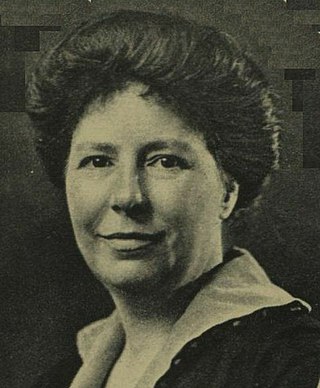
Mrs Winifred Margaret Coombe Tennant was a British suffragist, Liberal politician, philanthropist, patron of the arts and spiritualist. She and her husband lived near Swansea in South Wales, where she became an enthusiastic proponent of Welsh cultural traditions. She was also known by the bardic name "Mam o'r Nedd".

Leonora Piper was a famous American trance medium in the area of Spiritualism. Piper was the subject of intense interest and investigation by American and British psychic research associations during the early 20th century, most notably William James and the Society for Psychical Research.
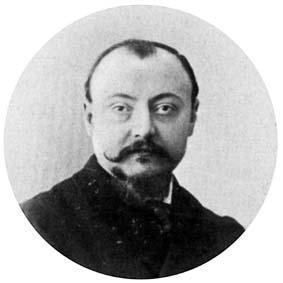
Gustav Geley was a French physician, psychical researcher and director of the Institute Metapsychique International from 1919 to 1924.

Walter Franklin Prince was an American parapsychologist and founder of the Boston Society for Psychical Research in Boston.

Hereward Carrington was an American investigator of psychic phenomena and author. His subjects included several of the most high-profile cases of apparent psychic ability of his times, and he wrote over 100 books on subjects including the paranormal and psychical research, conjuring and stage magic, and alternative medicine. Carrington promoted fruitarianism and held pseudoscientific views about dieting.

Gladys Osborne Leonard was a British trance medium, renowned for her work with the Society for Psychical Research. Although psychical researchers such as Oliver Lodge were convinced she had communicated with spirits, skeptical researchers were convinced that Leonard's trance control was a case of dissociative identity disorder.
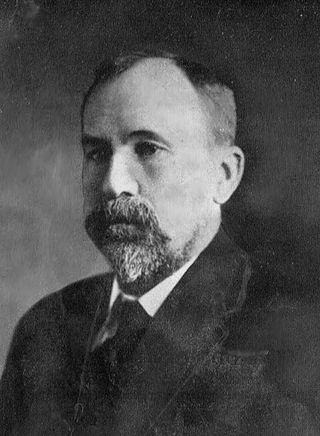
James Hervey Hyslop, Ph.D., LL.D, was an American psychical researcher, psychologist, and professor of ethics and logic at Columbia University. He was one of the first American psychologists to connect psychology with psychic phenomena. In 1906 he helped reorganize the American Society for Psychical Research (ASPR) in New York City and served as the secretary-treasurer for the organization until his death.

Geraldine Dorothy Cummins was an Irish spiritualist medium, novelist and playwright. She began her career as a creative writer, but increasingly concentrated on mediumship and "channelled" writings, mostly about the lives of Jesus and Saint Paul, though she also published on a range of other topics.
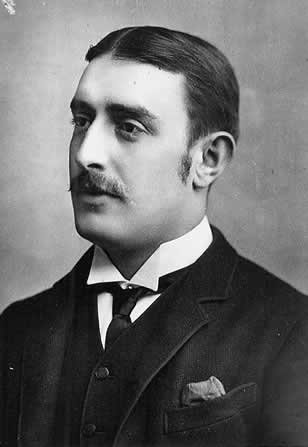
William Eglinton (1857–1933), also known as William Eglington was a British spiritualist medium who was exposed as a fraud.
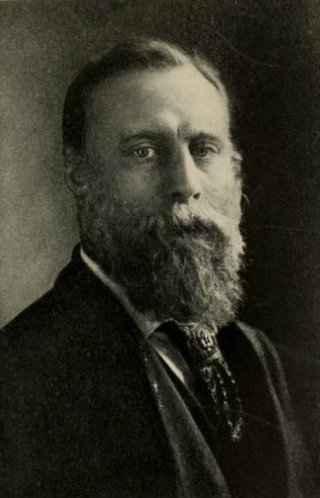
Richard Hodgson was an Australian-born psychical researcher who investigated spiritualist mediums such as Eusapia Palladino and Leonora Piper. During his later life, Hodgson became a spiritualist medium himself and believed to be in communication with spirits.

Eric John Dingwall (1890–1986) was a British anthropologist, psychical researcher and librarian.
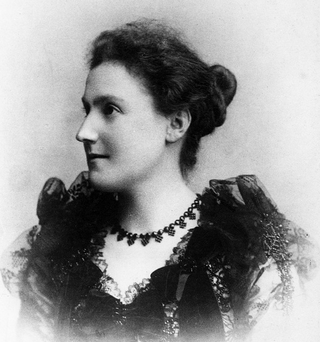
Rosina Thompson was a British trance medium.


















